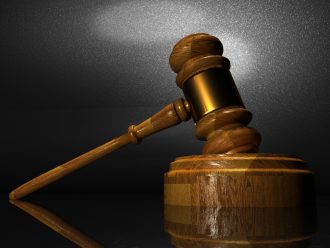
January 10, 2020
Lack of Showing of Criticality Dooms Claims
In Genentech, Inc., v. Hospira, Inc., [2018-1933] (January 10, 2020), the Federal Circuit affirmed the PTAB’s holding that claims 1–3 and 5–11 of U.S. Patent 7,807,799 directed to methods of purifying certain antibodies and other proteins are unpatentable as anticipated or obvious.
Notably, the invention operated at a low temperature to eliminate the need for subsequent purification steps. The claims specified a range of “about 10°C to about 18°C,” which the Federal Circuit found overlapped the prior art range of “18–25°C,” regardless of the construction of “about 18°C.” The Federal Circuited noted that the patentee’s own proposed construction for “about 18°C” embraces temperatures up to 19°C, which further reinforces the overlap with the prior art’s disclosed temperature range.
The Federal Circuit said a prior art reference that discloses an overlapping but different range than the claimed range can be anticipatory, even where the prior art range only partially or slightly overlaps with the claimed range.
Once a patent challenger has established, through overlapping ranges, its prima facie case of anticipation, the court must evaluate whether the patentee has established that the claimed range is critical to the operability of the claimed invention. The Federal Circuit found that the the patentee failed to show criticality of the range.
As to obviousness, the Federal Circuit noted that even a slight overlap in range establishes a prima facie case of obviousness, and that the burden of production falls upon the patentee to come forward with pertinent evidence that the overlapping range would not have been obvious in light of the prior art. One way in which the patentee may rebut the presumption of obviousness is by showing that there is something special or critical about the claimed range. The Federal Circuit found that presumption of obviousness applies here, and the Board found that Genentech failed to establish criticality for the claimed temperature range, which Genentech did not appeal.
The Federal Circuit said that another way in which the presumption can be rebutted is by showing that a process parameter, such as temperature, was not recognized as “result-effective.” However, Federal Circuit said that the Board reasonably found that a skilled artisan would have been motivated to optimize the temperature given the teachings of the prior art, and that given the ease with which temperature can be varied, finding an optimal temperature range would have been nothing more than routine experimentation.





































